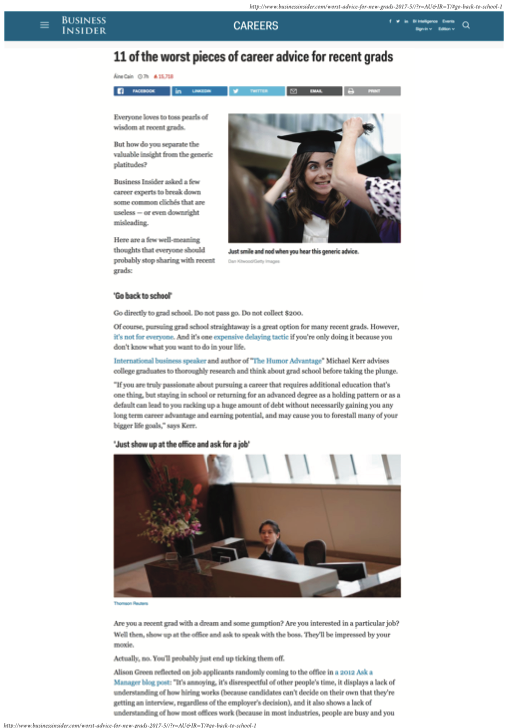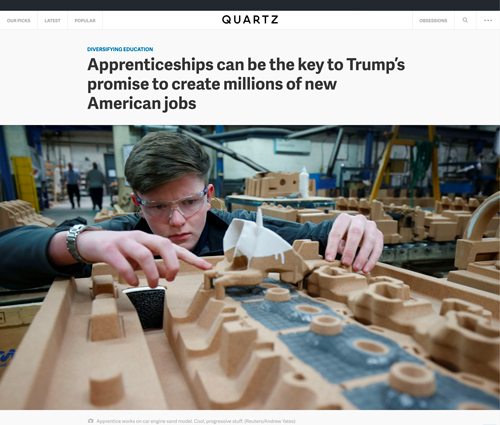
By Nicholas Wyman.
The nature of work is in transition as a consequence of globalization, new technologies and the growing impact of Artificial Intelligence. Young people are leaving our education systems, and these young people who are charged with educating are ill prepared to face the future of work.







